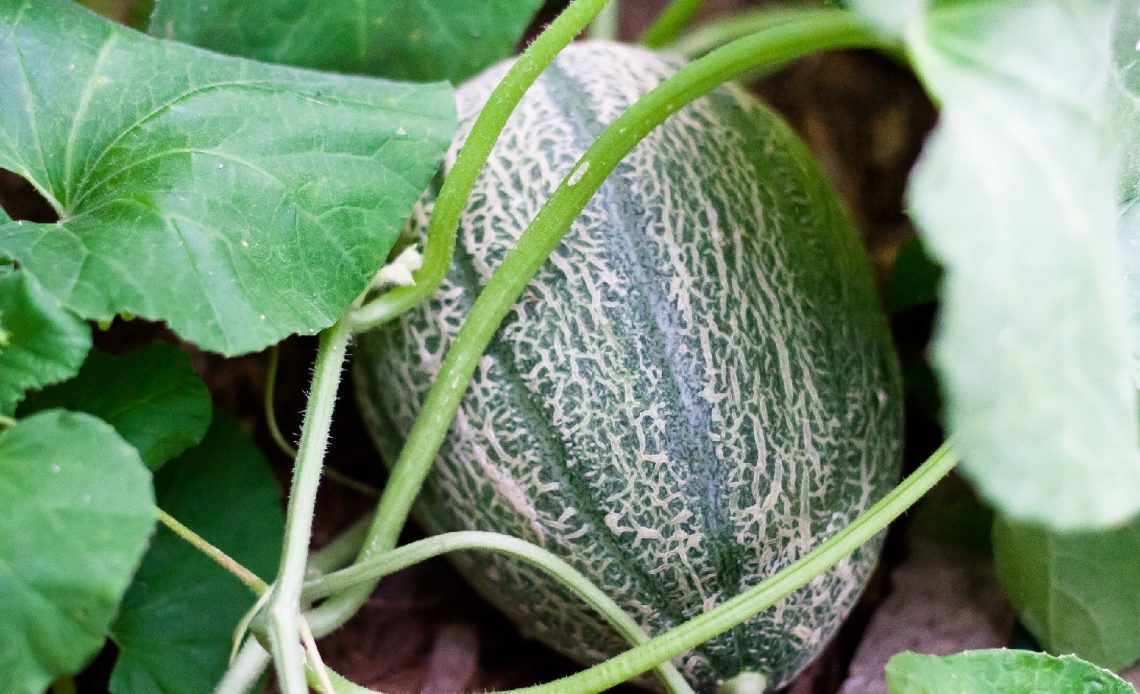

We’re here to help! Wild Yards is a completely free website that is 100% dedicated to helping you create a wildlife-friendly, sustainable yard. Read more
WildYards is reader-supported. When you buy a product through a link on our site, we may earn a comission. Every product is independently selected by our (obsessive) editors and our reviews are unbiased and objective. Read more about our mission or our privacy policy.
A fast-growing garden plant that thrives in full sun, cantaloupe is so rewarding to grow since it’s a high-yield crop. But because these plants are heavy feeders, and because they can fall prey to hungry insects, cantaloupes perform best when grown with companion plants. But which cantaloupe companion plants should you include in your garden to encourage your crop’s health?
Bush beans and okra share cantaloupe’s growing requirements which make fantastic cantaloupe companion plants. Garlic, bee balm, and marigolds help repel the beetles and worms that destroy cantaloupe melons, while nasturtiums can be planted near cantaloupe plants as a trap crop.
9 Best cantaloupe companion plants for your garden
Cantaloupe grows best in mineral-rich sandy loam soils that can be kept moist but not sopping wet. These melons require full sun in most growing zones but may benefit from partial shade in hotter regions. Cantaloupe plants have deep root systems and require a lot of water to produce. It’s important to keep these things in mind when choosing companion plants.
Garlic
Like other members of the Allium family, including shallots, onions, and leeks, garlic is full of sulfur, which repels garden pests. Many insects can’t stand the smell of garlic and will avoid feeding or laying their eggs on the plants in your garden if it’s grown nearby. Deer and rabbits also dislike the taste of garlic, so it can help keep these foragers off your cantaloupe plants as they grow.
Even though garlic is a moderate to heavy nutrient-user, it will never steal minerals from your cantaloupes. Garlic has shallow roots compared to cantaloupe’s root system, so they won’t compete. Like cantaloupes, garlic likes to be planted in well-drained soil that can be kept moist. When grown near cantaloupe, garlic acts as a ground cover to help trap water in the soil, keeping the melons well-hydrated.
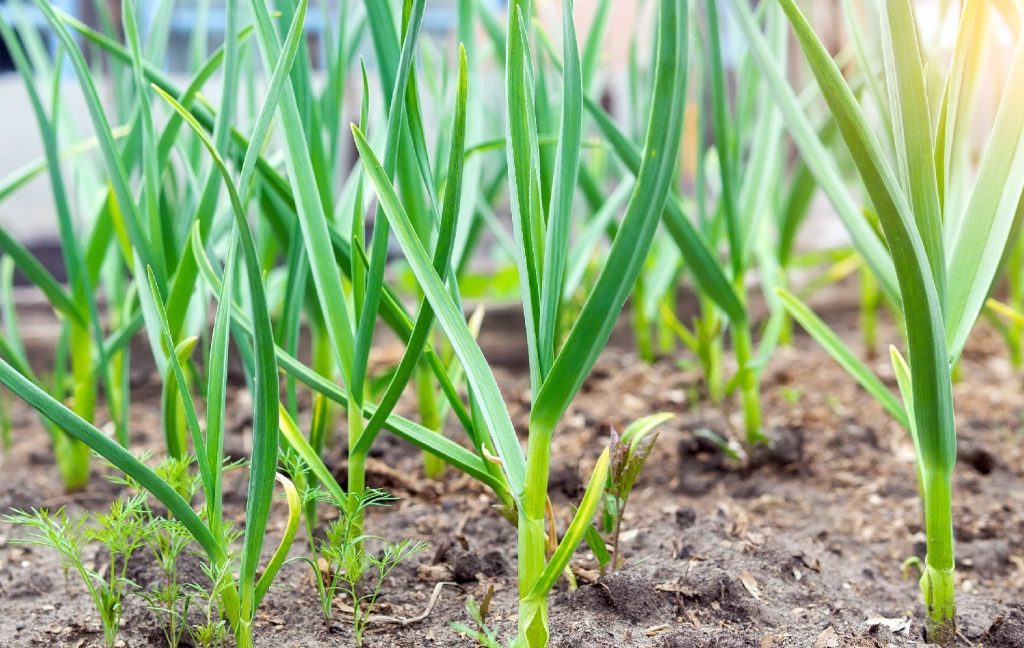
Lettuce
If you’re trying to save as much space in your garden as possible, consider growing lettuce as a cantaloupe companion plant. Lettuce grows rapidly, maturing anywhere from 2 weeks to 3 months after germination. Growing lettuce near your cantaloupe plants gives you some produce to harvest while you wait for your melon plants to grow.
Lettuce also works to keep weeds out of your melon patch. This companion plant produces broad leaves, but they’re compact, and the roots are shallow, so you can grow lots of lettuce very close together to choke out pesky weeds so they won’t steal minerals from your vegetables.
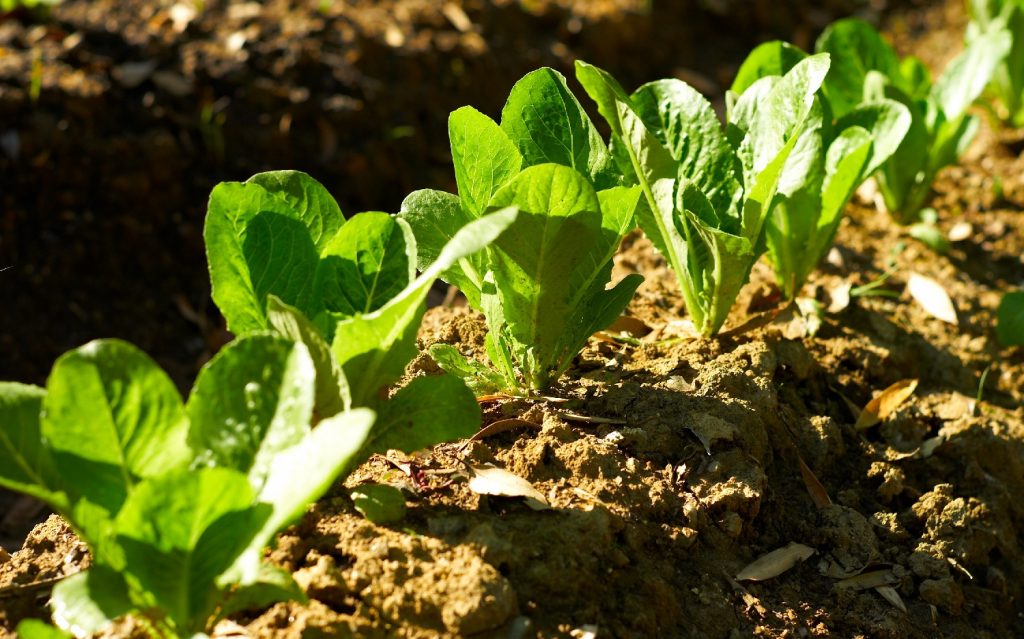
Bush Beans
Like other melons, cantaloupes are vining plants, but growing them vertically can be a challenge because sometimes their fruits are so heavy they break off before they’re ripe. Cantaloupes often grow better on the ground, which means they need plenty of space to spread out in your garden. Growing bush beans near your cantaloupes gives them the extra room they need to grow, while also working to enrich the soil.
Legumes improve nitrogen availability in the soil, so they’re the perfect companion plant for nitrogen-loving plants — and that includes cantaloupes. Bush beans, like ‘Nickel Bush’ green beans and ‘Calima’ French filet snap beans are two great choices.
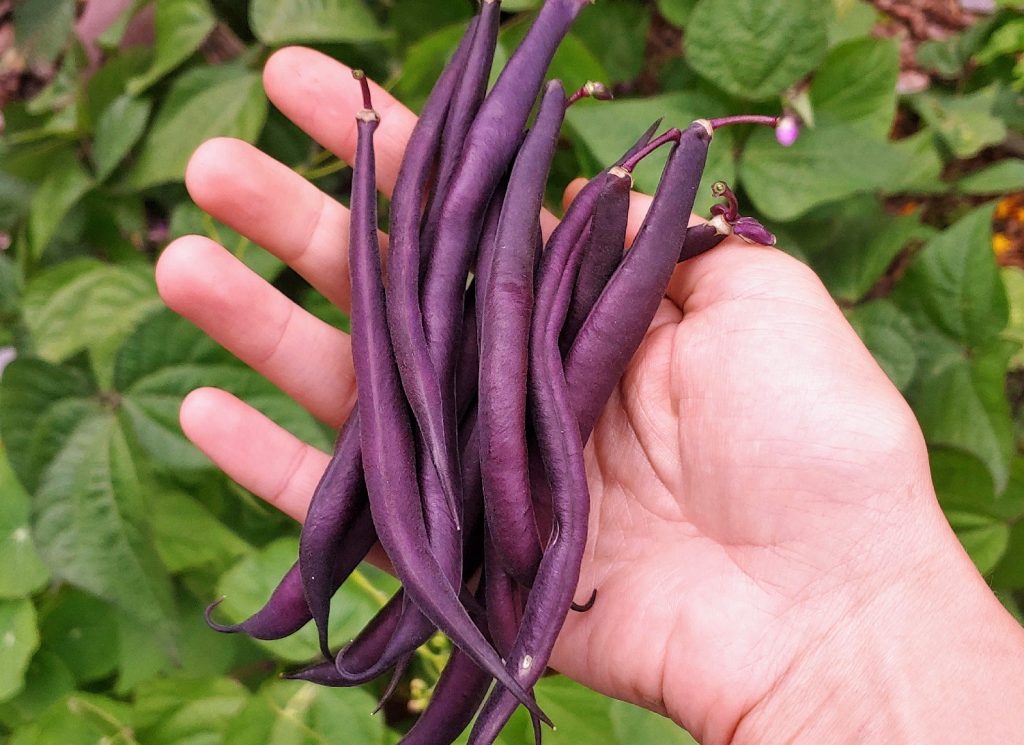
Nasturtiums
Commonly grown as a trap crop, nasturtiums can be planted in alternating rows in your garden to lure squash beetles, armyworms, flies, mites, aphids, and other pests away from your valuable produce. These easy-growing annuals are a cinch to care for. Plant them in full sun, water them when you water the other plants in your garden, and stand back and watch them work.
Nasturtiums have the added benefit of attracting pollinators to your garden. Bees, butterflies, wasps, and hoverflies enjoy perusing the nasturtium’s vibrant red and orange flowers. Some of these bugs may even prey on the damaging insects that like to eat your vegetable plants. Nasturtiums can be grown in the same row as your melon plants, or in alternating rows between them.
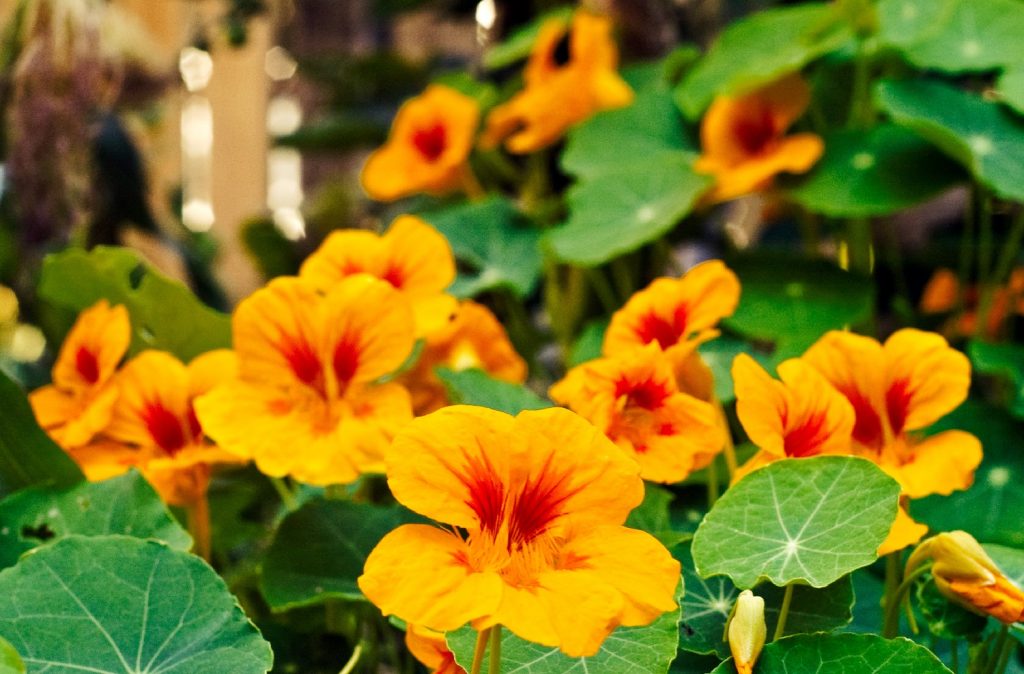
Bee Balm
Bee balm is a pungent herb that produces brightly colored spiked flowers. While butterflies and bees are drawn to this plant’s pink, purple, red, and white blooms, other bugs aren’t such big fans. If you’ve had trouble with squash bugs destroying your melon patch in the past, bee balm can help stop the problem before it starts.
Bee balm can also be harvested to create your own essential oils. These oils can then be used in homemade bug spray recipes to great effect.
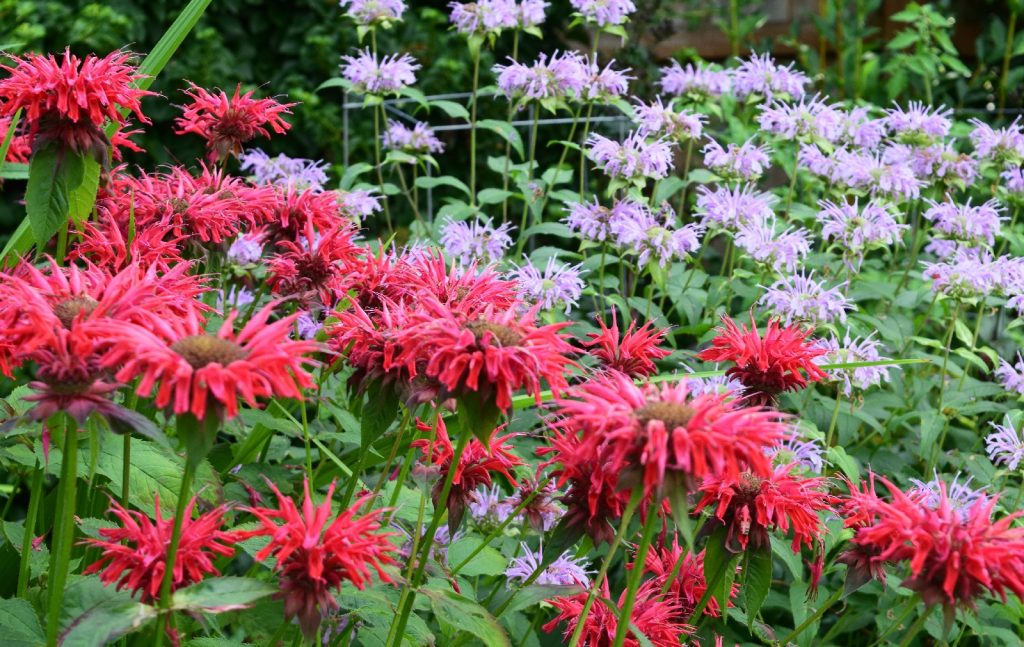
Corn
Corn grows vertically, and its roots aren’t as invasive as a plant of its size would lead you to believe. Because corn also likes to be planted in full sun and enjoys regular waterings, it’s one of the best cantaloupe companion plants you can grow.
If your cantaloupe crops have gotten too hot in the past, growing a few rows of corn nearby can help protect them from the sun. Plant your corn on the sunniest side of your garden and grow your cantaloupes on the opposite side to give them a break from the harsh afternoon rays.
Marigolds
Marigolds belong in every garden because not only do they repel the bad bugs, but they also attract the good ones. Growing marigolds near your cantaloupes help to repel flies, aphids, and beetles that like to snack on the plant’s leaves. And their bright yellow, orange, and red blossoms attract butterflies, bees, and other helpful insects to your garden, boosting pollination rates for higher crop yields.
While marigolds have been used to repel harmful garden bugs for centuries, there is some evidence that they might actually attract bad bugs. Snails, slugs, whiteflies, and thrips sometimes like to feed on marigolds. However, even if this is the case, marigolds can still be used as cantaloupe companion plants when utilized as a trap crop.
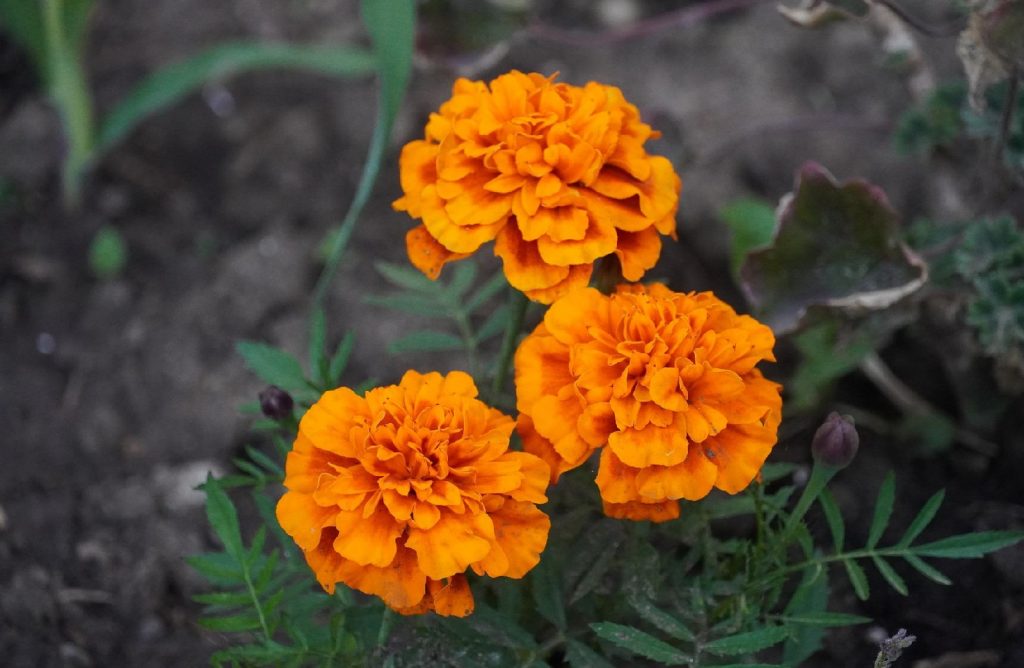
Okra
Okra plants grow up and out, leaving plenty of space for cantaloupes to branch out underneath, and providing them with some dappled shade throughout the hottest parts of the day. Like cantaloupes, okra plants love rich, fertile soil, and they benefit from regular waterings, too.
Okra plants don’t compete with cantaloupes for the same nutrients, and these plants are heavy producers. You’ll get anywhere from 8 to 10 okras from one plant in a single season. Okra’s beautiful yellow and purple flowers attract butterflies and other pollinators when they bloom, and they’ll be happy to visit your cantaloupe plants, too, if they’re situated nearby.
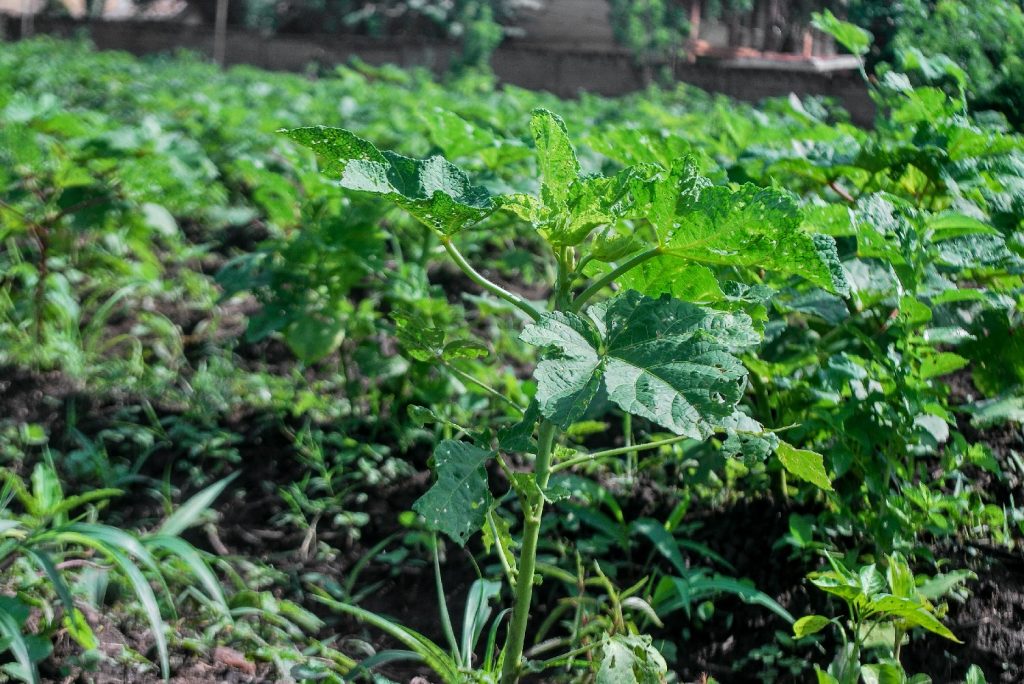
Mint
Typically, mint plants prefer to grow in full to partial shade. But if you live in a cooler region, you can grow mint as a cantaloupe companion plant, provided you water it regularly to prevent the soil from drying out.
Garden pests hate mint. The plant’s foliage is rich in pungent, bitter-tasting essential oils that repel the aphids, thrips, mites, and whiteflies that like to prey on cantaloupe plants. Plus, mint flowers are a big hit with pollinators, especially bees, who will be encouraged to visit your cantaloupe’s flowers while they’re visiting your garden.
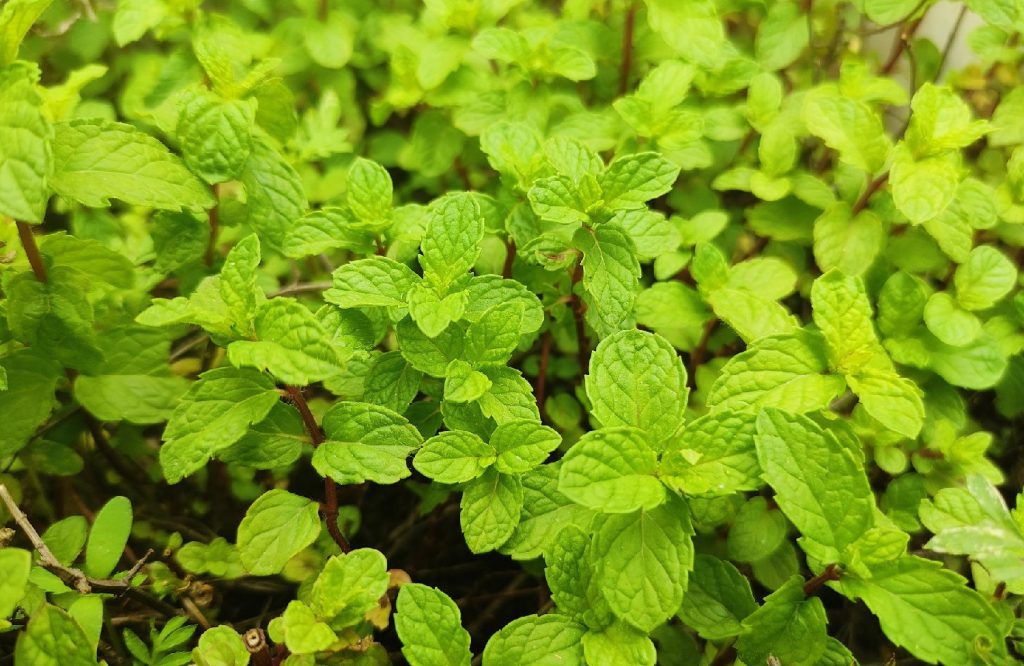
4 Cantaloupe companion plants to avoid
Cantaloupe plants get along well with many garden favorites. But not all plants are suitable for growing with melons. When planning your garden, be sure to keep the following plants far away from your cantaloupes.
Cucumbers
There are several reasons to avoid growing cucumbers as cantaloupe companion plants. For starters, cucumbers are large, vining plants, too. They also require a lot of space to grow. Keeping cucumbers near cantaloupes can leave these two plants competing for light, water, and nutrition. And, second, cucumbers attract many of the predators that like to feed on cantaloupe plants, including, but not limited to, cucumber beetles. So grow these two plants on opposite sides of your garden for best results.
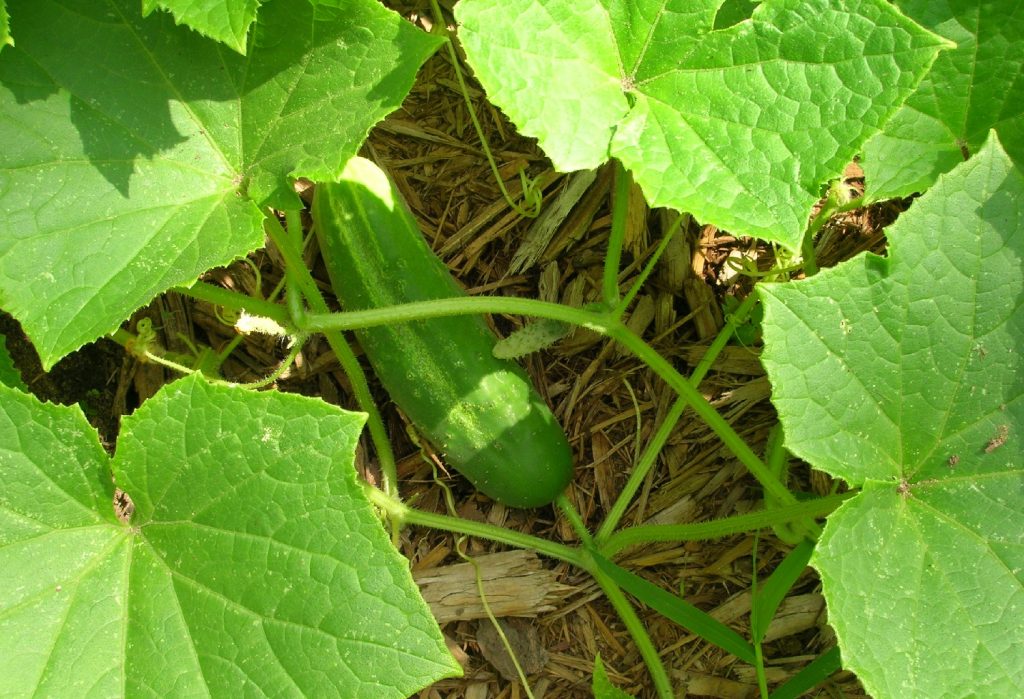
Squash
Same story with squash plants. Squash (including zucchini) are large plants that require a lot of room, plus they attract the same bugs that like to feed on cantaloupe plants. Be sure to keep these plants in different rows to prevent pest infestations.
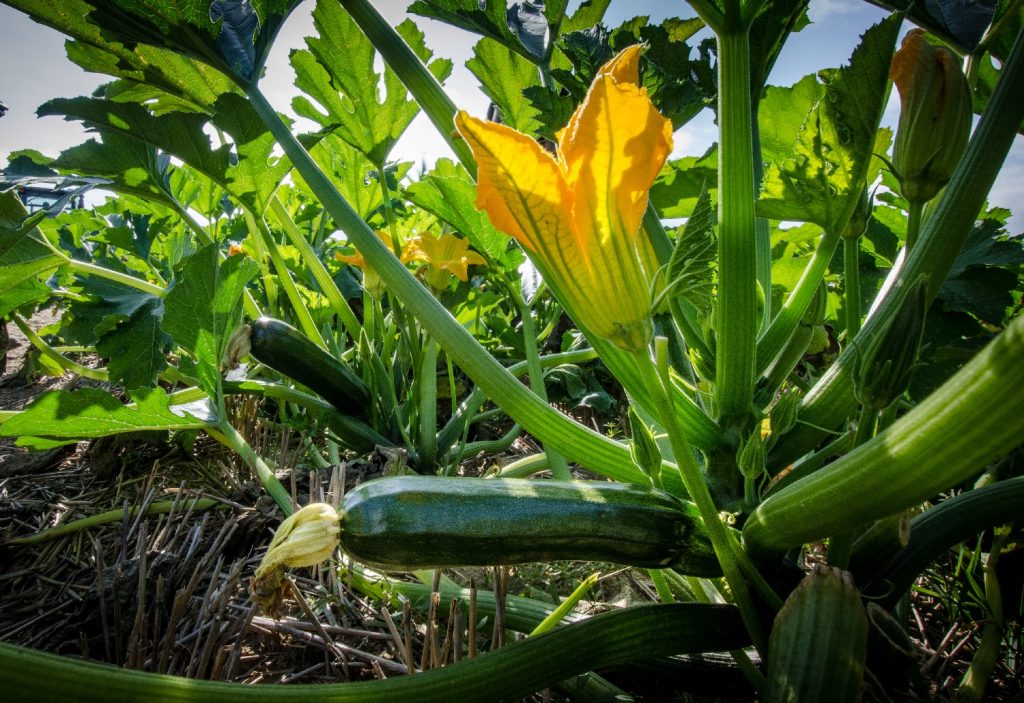
Potatoes
It can be tempting to use potatoes as a companion plant because they’re so good at repelling deer. Unfortunately, potatoes are heavy feeders with deep roots that can steal valuable nutrition away from your cantaloupes. Potatoes may also rot if their soil is kept too moist, so avoid growing them near your cantaloupes.
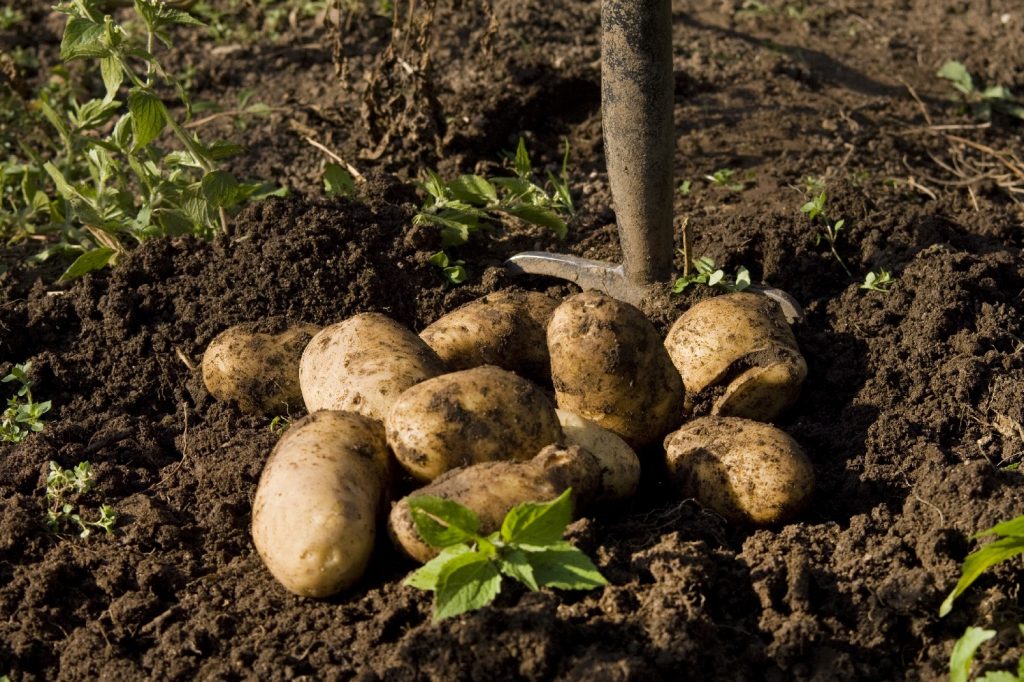
Other Melons
Here’s a tip: never grow lots of the same plant species in the same space. Don’t grow your cantaloupes with your honeydews and your watermelons, because even though they all share the same growing requirements, they’re so similar that they can end up competing with one another. And in a situation like this, only the strongest plants will survive. Others will never get a chance to produce, resulting in a very disproportionate and disappointing crop yield.
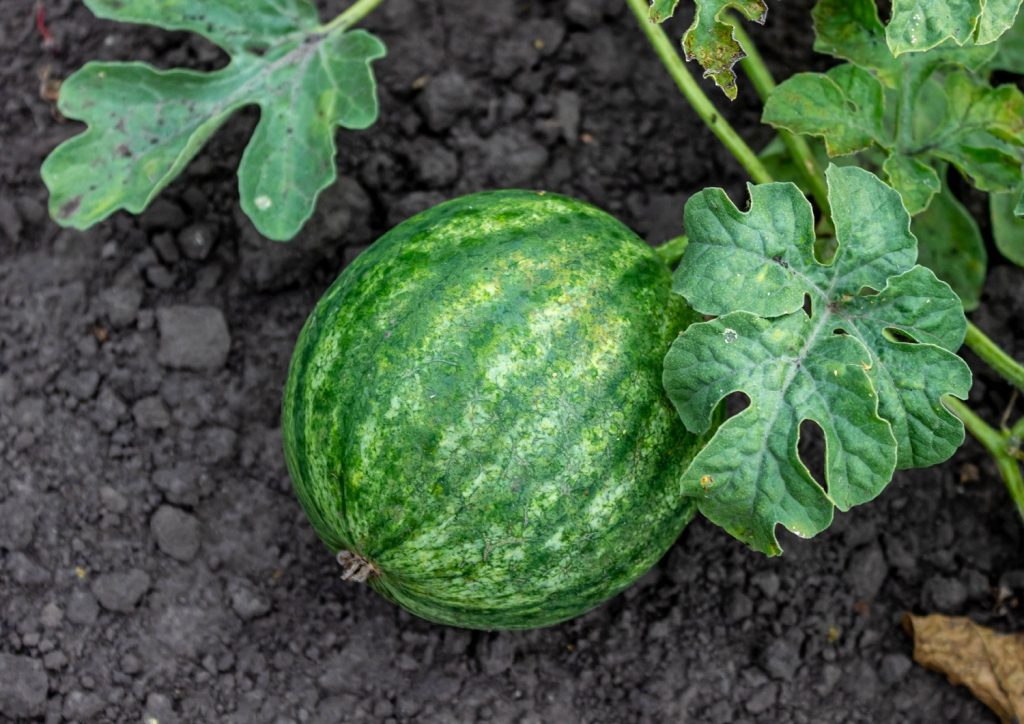
Is companion planting worth the extra time and effort?
Companion planting does take some extra time in the beginning. You’ve got to sit down and plan it all out to make sure you’ve got room for everything, and that every plant will get along with its neighbor. It can seem like a chore.
Ultimately, though, companion planting improves the soil in your garden and attracts beneficial insects while repelling bad ones. So, are cantaloupe companion plants worth all of the extra time and effort? The answer is yes!
